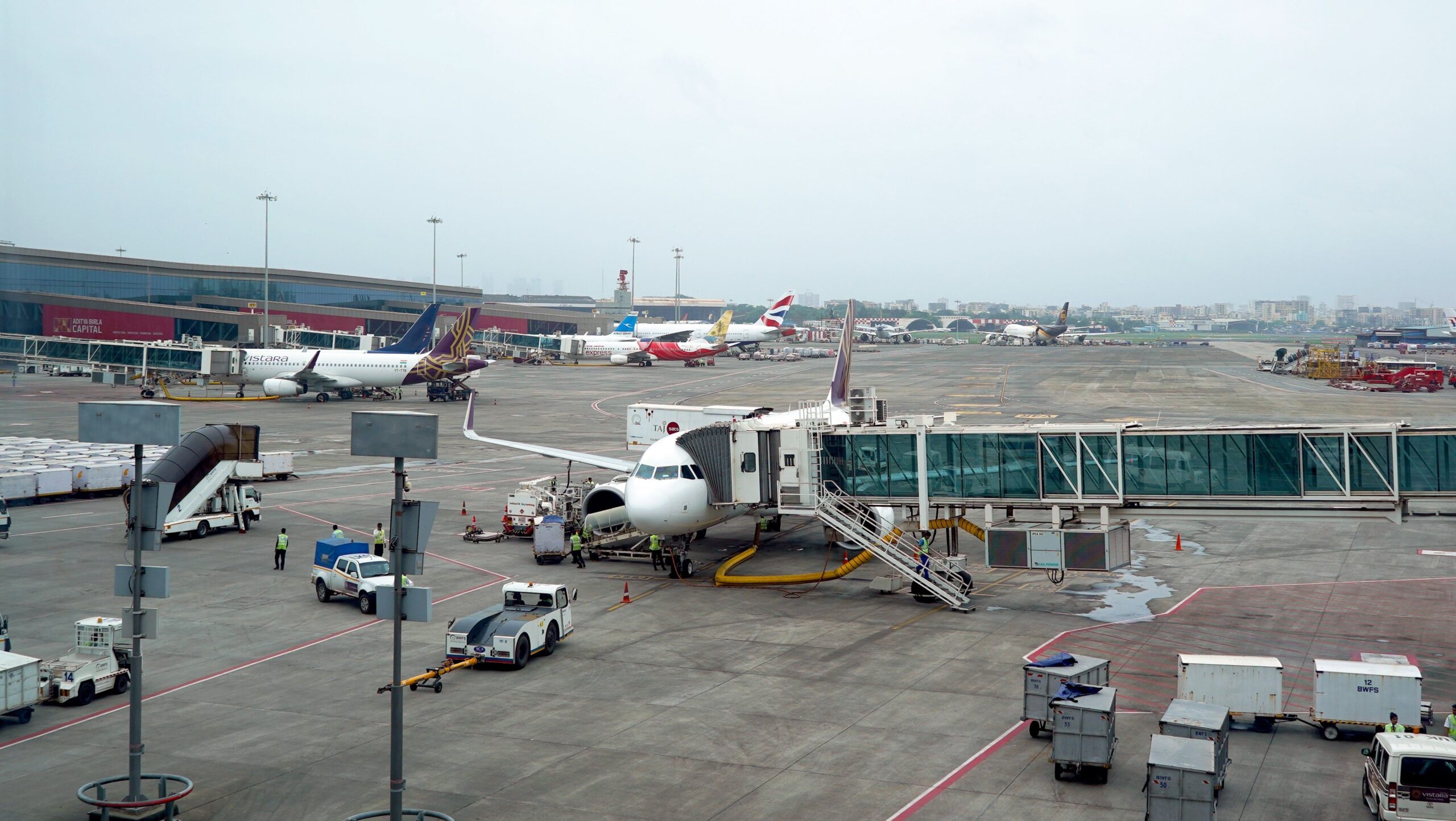Summary
- Indian airports have witnessed accidents due to ground vehicle drivers falling asleep, according to the DGCA.
- To prevent incidents, technology such as CCTV cameras and speed tracking, as well as banning phone use while operating ground vehicles have been suggested.
- Ground collisions are a global issue, with multiple incidents occurring yearly, leading to costly repairs and potential safety risks.
India’s aviation regulator, the Directorate General of Civil Aviation, has revealed that several accidents involving vehicles/equipment operators at Indian airports have resulted from drivers falling asleep behind the wheel. The agency has made some recommendations, including adequate rest for ground handling workers, to avoid future accidents.
DGCA’s probe
The Directorate General of Civil Aviation (DGCA) launched an investigation into the ground handling collisions at Indian airports and found that drivers falling asleep while operating vehicles was a leading cause of the incidents. In a safety advisory, the DCGA commented,
“Investigations have revealed that drivers/equipment operator have fallen asleep while operating in apron area resulting in hitting a person / airport structure / aircraft / other vehicles.”
Photo: Media_works | Shutterstock
DGCA’s recommendations
The aviation watchdog has developed various recommendations and guidelines to prevent such incidents. These include encouraging adequate rest for ground workers, particularly those on night shifts, and a culture of reporting fatigue.
As reported by The Hindu, the DGCA mandates that all vehicles, with the exception of fire services, quick reaction teams of the Central Industrial Security Force, and “Follow Me” jeep should be operated below the speed of 30 kmph (18 mph).
Photo: Media_works | Shutterstock
It has also been recommended that technology be used to track vehicle speeds, such as using speed guns at vulnerable locations. Installing CCTV cameras with inbuilt recording facilities and video analytics in the operational area has also been encouraged.
Another likely contributing factor to such incidents could be distraction caused by cell phones. The DGCA also said that using phones while operating ground vehicles at airports should be banned. The aviation watchdog considers airport collisions a high-risk event and recommends training the staff operating ground vehicles properly to avoid such incidents.
Global problem
The problem of ground collisions at airports isn’t unique to India; several such incidents take place globally every year. In April, a United Airlines Airbus A319 clipped the wing of another United aircraft at San Francisco International Airport (SFO). After the ground crew got involved, the passengers deplaned normally.
The same month, an Austrian Airlines Airbus A320 was damaged severely after coming in contact with a jet bridge at Vienna Airport. The aircraft’s right horizontal stabilizer tore off and was seen lying on the apron. The A320’s right wing was also damaged after it reportedly collided with a utility pole.
In 2022, a light pole at Chicago O’Hare Airport sliced through the wing of a Qatar Airways Boeing 777 freighter aircraft during the taxiing procedure. The damage was intense, and the aircraft had to be grounded for repairs.
Ground collisions can be expensive for airlines depending upon the fixes required on the aircraft. According to Brandon Popovich, manager of safety and training, NATA (National Air Transportation Association), ground damage to an aircraft can be defined as any deformity or damage to its structure or components as a result of hitting another aircraft or structure, movable or stationary. Aviation Pros quotes him as saying,
“I have found that haste, inattention and inadequate training are some of the leading causes of ground damage. The ramp is a dynamic and challenging environment. Factors include staffing, staffing talent, GSE capabilities, traffic, congestion, ramp design, weather, among other physical hurdles. Emotional stress is an additional factor …”

Related
American Airlines Plane Clips Parked Plane During Pushback In Philadelphia
On Monday, an American Airlines jet on pushback scraped another AA jet sitting alongside, with both aircraft being taken out of service.



